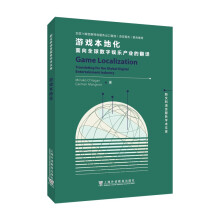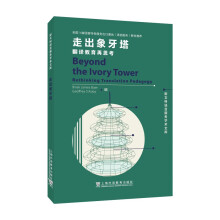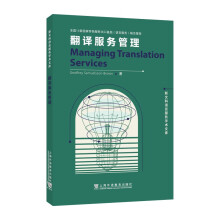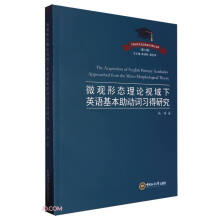










Table of contents
Acknowledgments XXIII
Foreword XXV
Notes on previous works XXIX
Introduction Translation, interpreting, and the brain behind it all 1
I. Stepping into the attic 1
II. Why should TIS be concerned with neurocognition? 3
III. Aims and target audience 5
IV. The contents, at a glance 5
V. Conceptual delimitations 7
Chapter 1 Mind and brain in the study of translation and interpreting 11
1.1 Minding the brain, braining the mind 11
1.2 Outside the head: Non-neural cognitive approaches 12
1.3 Within the mind, without the brain: Appraising non-neural cognitive approaches 25
1.4 Not black, not a box: Enter the brain 30
1.5 Historicizing brain-based research on IR 34
1.6 A role for neuroscience in contemporary TIS 39
Chapter 2 The toolkit 41
2.1 Beyond MacGyver’s knife 41
2.2 A matter of design 42
2.3 Mind games: A sampler of experimental paradigms 46
2.4 The craft of manipulation 55
2.5 Do it well, do it fast 58
2.6 System breakdown 59
2.7 The brain, in vivo 60
2.8 How (not) to interpret the data 71
2.9 Final remarks 74
Chapter 3 Prolegomena to the translating and interpreting brain 75
3.1 Laying the groundwork 75
3.2 A primer on neurology 76
3.3 The verbal brain 87
3.4 It takes two to tango: The prerequisite of bilingualism 94
3.5 In a nutshell 97
Chapter 4 Building up from breakdown 99
4.1 Lessons from lesions 99
4.2 Disruptions of IR 101
4.3 Charting the territory 115
4.4 Piecing it all together 123
4.5 Interpretive remarks 128
4.6 From static maps to dynamic pictures 129
Chapter 5 The dynamics of directionality 131
5.1 A sense of direction 131
5.2 Multidimensional signatures of directionality 134
5.3 Back and forth 149
5.4 In the right direction 152
Chapter 6 Process is as unit requires 153
6.1 The process’s raw material 153
6.2 Conceiving translation units 154
6.3 Spatiotemporal correlates of lexical and sentential translation units 157
6.4 Uniting it all 172
6.5 From unitary to unit-sensitive 176
Chapter 7 The interpreter’s brain 177
7.1 The art of self-sculpting 177
7.2 Simultaneous interpreting, or extreme bilingual processing 179
7.3 En route to expertise 181
7.4 Keep the change (and make it broader) 189
7.5 The plastic nature of IR systems 204
Chapter 8 A story in the making 205
8.1 The tale of the attic 205
8.2 Q&A 206
8.3 The good… 209
8.4 … and the bad 211
8.5 Needs assessment 214
8.6 Parting words 218
About the author 221
List of figures and tables 223
List of acronyms and abbreviations 227
References 229
Index 263
温馨提示:请使用中新友好图书馆的读者帐号和密码进行登录